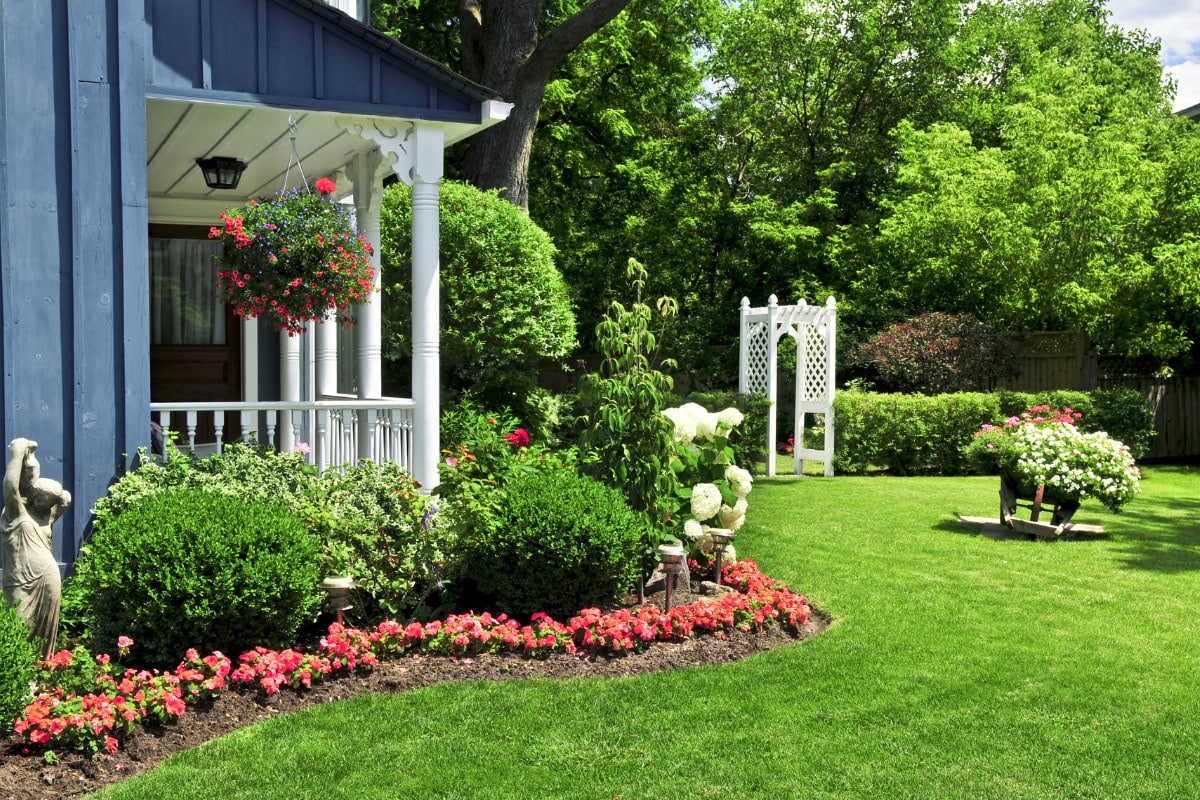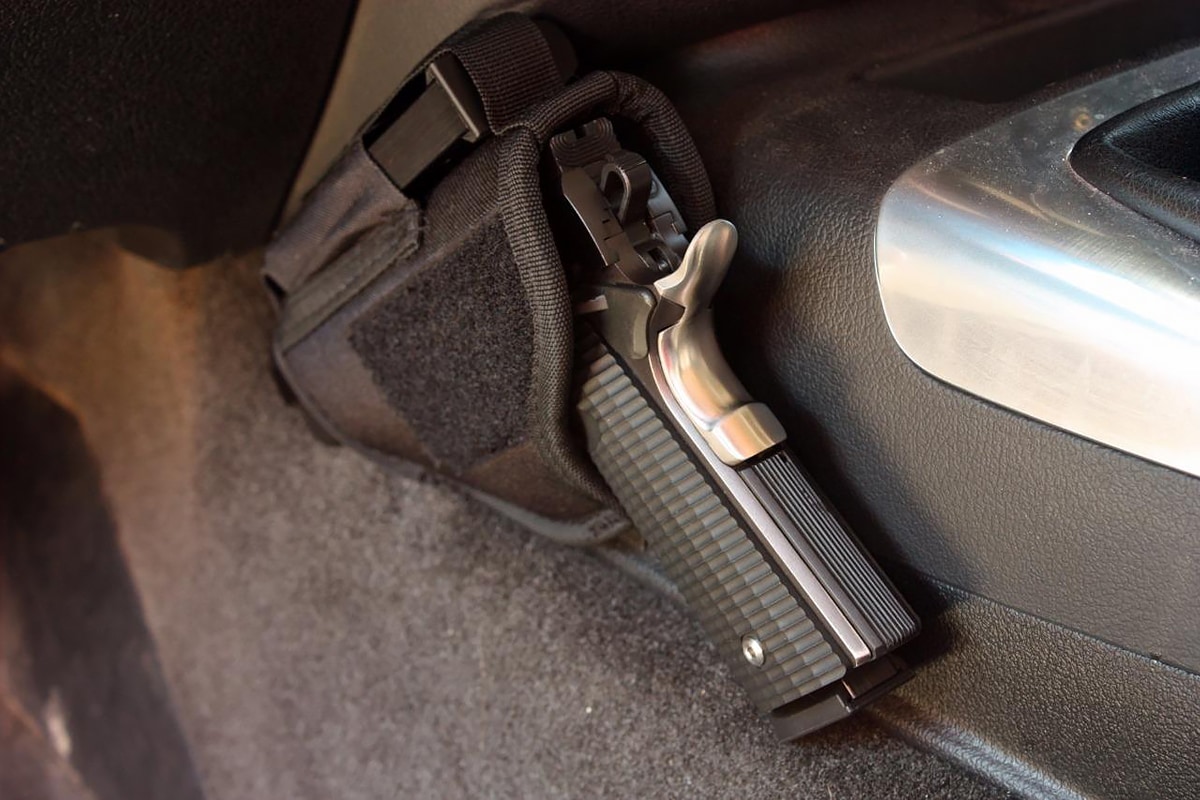If this is for your first go around with outdoor lights, you might find that coming up with landscape lighting ideas to illuminate your home and garden involves a bit more thought and planning than what may have imagined at the outset.
Many beginners get overly enthusiastic and wind up placing lots of lights all throughout the yard. But this approach is not always the best one because the lights end up being the focal point of attention – not the landscape itself. The end goal should be a tastefully lit home and garden.
And to accomplish this, here are a few ideas to get started on the right foot.
Develop Your Own Theme
Here, what you’re trying to determine is which objects and areas you want to feature, which outdoor lighting types you want to use, and which lighting angles to implement. You want to tie all of these various contributing aspects into one unifying theme.
Select the Outdoor Lighting Fixtures
Decide which type of landscape lighting products you want to use before you begin. Know beforehand whether you want to incorporate motion detector lights, solar-powered lights, path lights, bullet lights, well lights, etc. Each of these lights has a specific purpose and sheds light in a different way. So understanding this prior to beginning your landscape lighting project will save you a lot of potential problems.
Less Is More
Too much of a good thing is never a good thing. Too many lighting fixtures that virtually light the entire property are not something that appears tasteful and is something your neighbors will not appreciate. With landscape lighting, the best effect is produced by efficiently using as few lights as possible.
Use a Central Object
A tree or fountain are good object to use as the focal point of your yard.
Downlighting
As mentioned above, downlighting is a particularly useful landscape lighting idea that can be used for various lighting effects. One way is to place lighting fixtures high in trees. The light directed downward lights up the general area in what is termed a moonlight effect.
Another way of using downlighting is to place the lights lower down in trees. This creates a spread lighting effect and is ideal for illuminating walkways and paths.
Uplighting
An uplighting effect is produced by using a light fixture such as a ground-mounted well light or bullet light to project light upward on plants or other various objects in the landscape area. This type of outdoor landscape lighting is beneficial to such objects as trees, gazebos, shrubs, arbors, and various other plants situated above the general landscape plane.
A dramatic effect can be produced by placing a light in a shrub or group of shrubs in order to highlight the branches. Ornamental grasses like zebra grass and pampas also benefit from this kind of lighting.
To give you yet another idea, you can place submergible outdoor lights in the water to uplight ponds, fountains, and creeks. To give the effect a special touch, you can choose to use colored lights.
Backlighting
Backlighting, also referred to as silhouetting, uses wash light fixtures to illuminate a background. A light fixture is placed between a wall and an object, which makes the object in front of the light appear as a dark shape (silhouette). This type of landscape lighting is terrific for highlighting such objects as walls, columns, doorways, arches, and doorways. Other places to use backlighting are at the base of columns, building corners, fence posts, pergolas, and gazebos. Just situate the light below the object and flood it with light.
Shadow Lighting
Shadow lighting places a well light or bullet light in front of an object in order to cast a shadow of the object onto the side of a building, wall, or other structure. This eye-catching technique works best when there is an expansive area behind the lit object.
The closer the light is placed to the object, the more the throw of the shadow pattern is increased. Conversely, as the light is placed further back from the object, the more the throw of the shadow is decreased.
Path Lighting
Path lighting not only is visually appealing outdoor lighting idea, but also adds a measure of safety to your landscape lighting design. This type of lighting uses spread light fixtures or taller path lights to create pools of light along pathways, sidewalks, and garden beds. It also highlights objects within its immediate vicinity, like shrubs trees, and flowers.
Moon Lighting
Moonlighting adds a pleasing effect to your landscape lighting by placing a light fixture in a shrub or tree high above the ground. This light is aimed down to simulate moonlight gently cascading through the branches. This works particularly well with mature trees, as the light filtering through the trees greatly enhances different landscape areas.
Spotlighting
Spotlights are not only used for spotlighting purposes, but also for shadowing, highlighting, and uplighting. They are typically staked in the ground. Spotlights are most commonly used to throw light onto a wall, house, and other prominent areas. They can also be used to shine through trees and other high objects.
Try to situate the light fixture in such a way that the light fully shines on the focal point without glare or a wash-out effect. To mix things up, you may want to use different colored filters in the spotlights. Red, yellow and blue colors enhance the plant’s natural colors and highlight concealed characteristics of the tree’s branches, limbs, and trunks.
Floodlighting
Floodlights work much the same as spotlights but cast a wider beam. This makes them ideal for spreading broad and even light across a wide expanse, such as a play or work area. These lights typically are situated above entryways, garage doors, sheds, and patios.
Flood lights are also commonly used as outside security lighting. When used in conjunction with motion sensors that activate when a person or object crosses the area of detection, they can greatly enhance the safety and security of a home.









